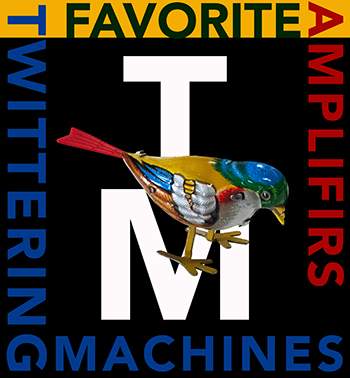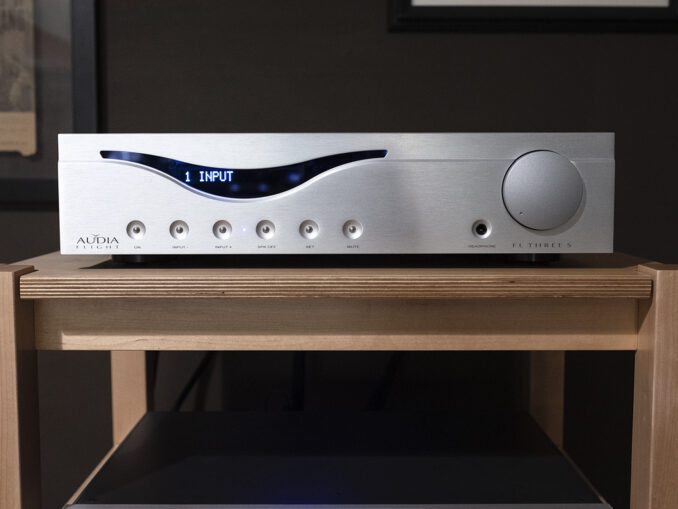
The only thing I would change about the Audia Flight FL Three S, if I could change anything, is to have the volume knob stick out a bit more. Other than that, there’s nothing to criticize and everything to like. If not love.
I reviewed Audi Flight’s top of the line integrated amp, the FLS 10 (review), back in February and had this to say:
The Audia Flight FLS 10 is among the most engaging integrated amplifiers to have graced the Barn. Its performance is in some ways remarkable while being wholly engaging in every way.
The FL Three S is the company’s least expensive integrated amp, coming in at $3999, and while it doesn’t perform to the same level as the FLS 10, it does offer very compelling performance in its own right, so compelling you may wonder why you’d need more.

I paired the FL Three S with three different, very different, pairs of speakers—the Barn resident DeVore Fidelity O/96 (review), the recently reviewed YG Summit (review), and the soon to be reviewed Rockport Atria II (more info). While the Audia Flight spent most of its Barn time paired with the DeVores, you may be surprised to learn that the FL Three S drove the heck out of the YG Summit, offering clean, clear, rich and full control of those speaker’s full range performance.
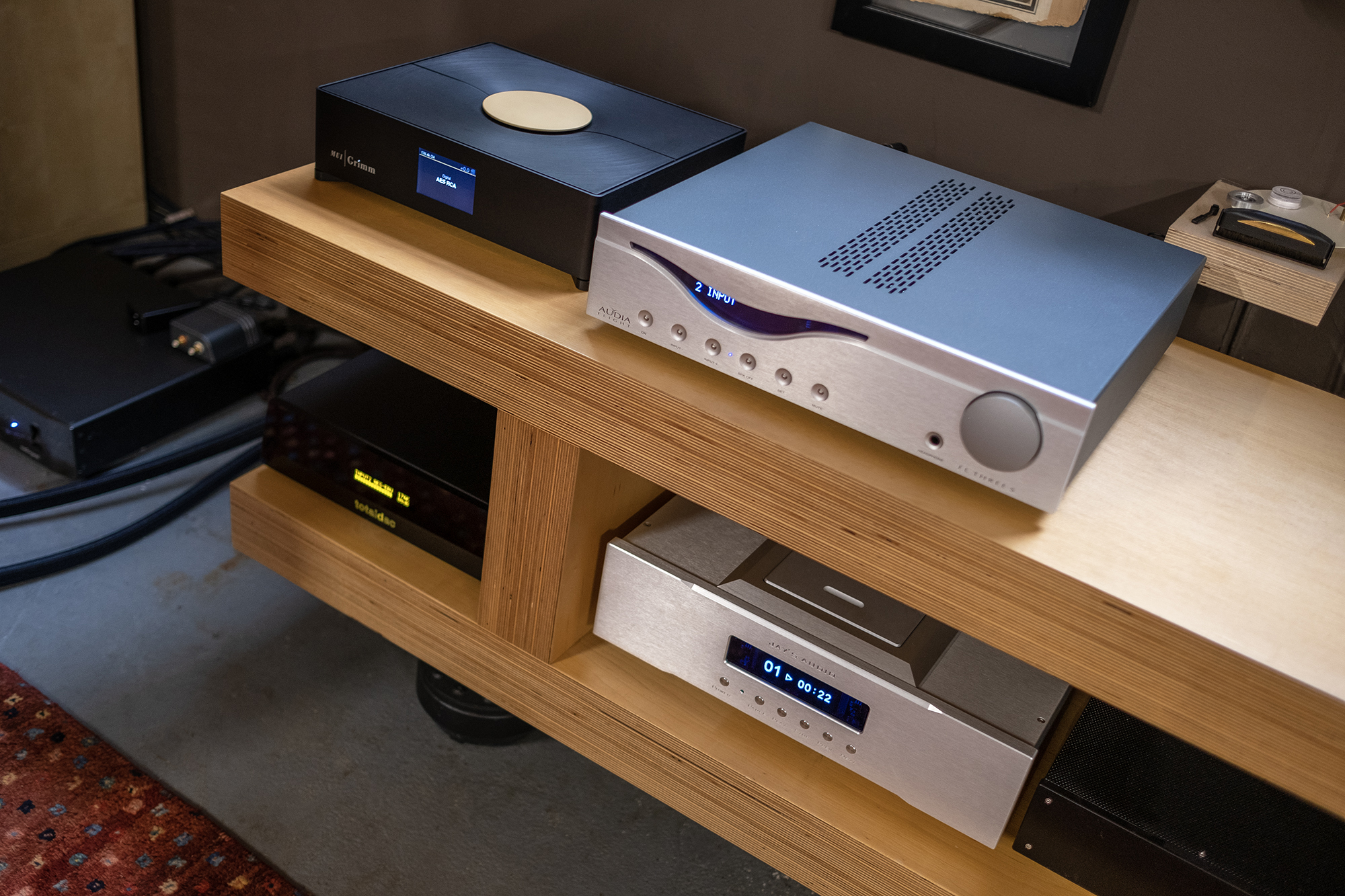
With the Rockports, the most revealing loudspeakers I’ve had the pleasure to live with in Barn, I would ask for a bit more from the FL Three S, more in terms of control, drive, weight, and body, all things the FLS 10 delivers in hefty proportion. If we add all of these listening-based impressions up, you’ll find me a fan, a big fan, of Audia Flight and their integrated amplifiers. Color me impressed.
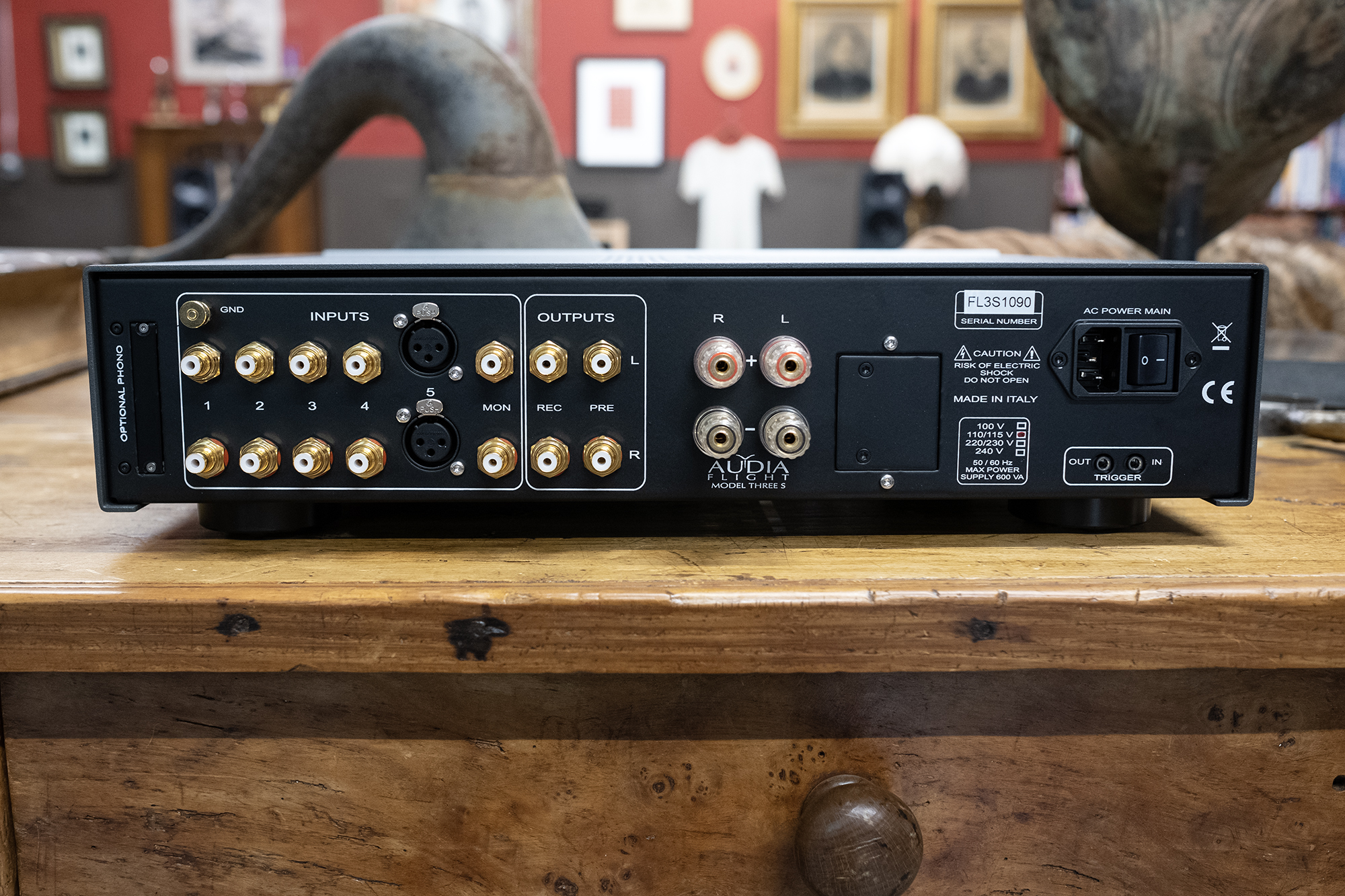
The FL Three S, like its larger sibling, is a dual mono design, utilizing Audia Flight’s current feedback circuitry design, and runs in Class A for the first 1/2 Watt of output power, switching to Class A/B above that, offering a claimed 100 Watts per channel into 8 Ohms and 160 Watts into 4. There are five inputs (4x RCA, 1x XLR), Records and Pre RCA outputs, a single pair of speaker binding posts, and IEC inlet. You can also see the slots for the optional MC/MM Phono Stage and DAC. Sometimes I like just an integrated amp and this is one of those times because the FL Three S likes expensive DACs like the totaldac d1-unity, Mola Mola Tambaqui, and the Ideon EOS which all saw play time.
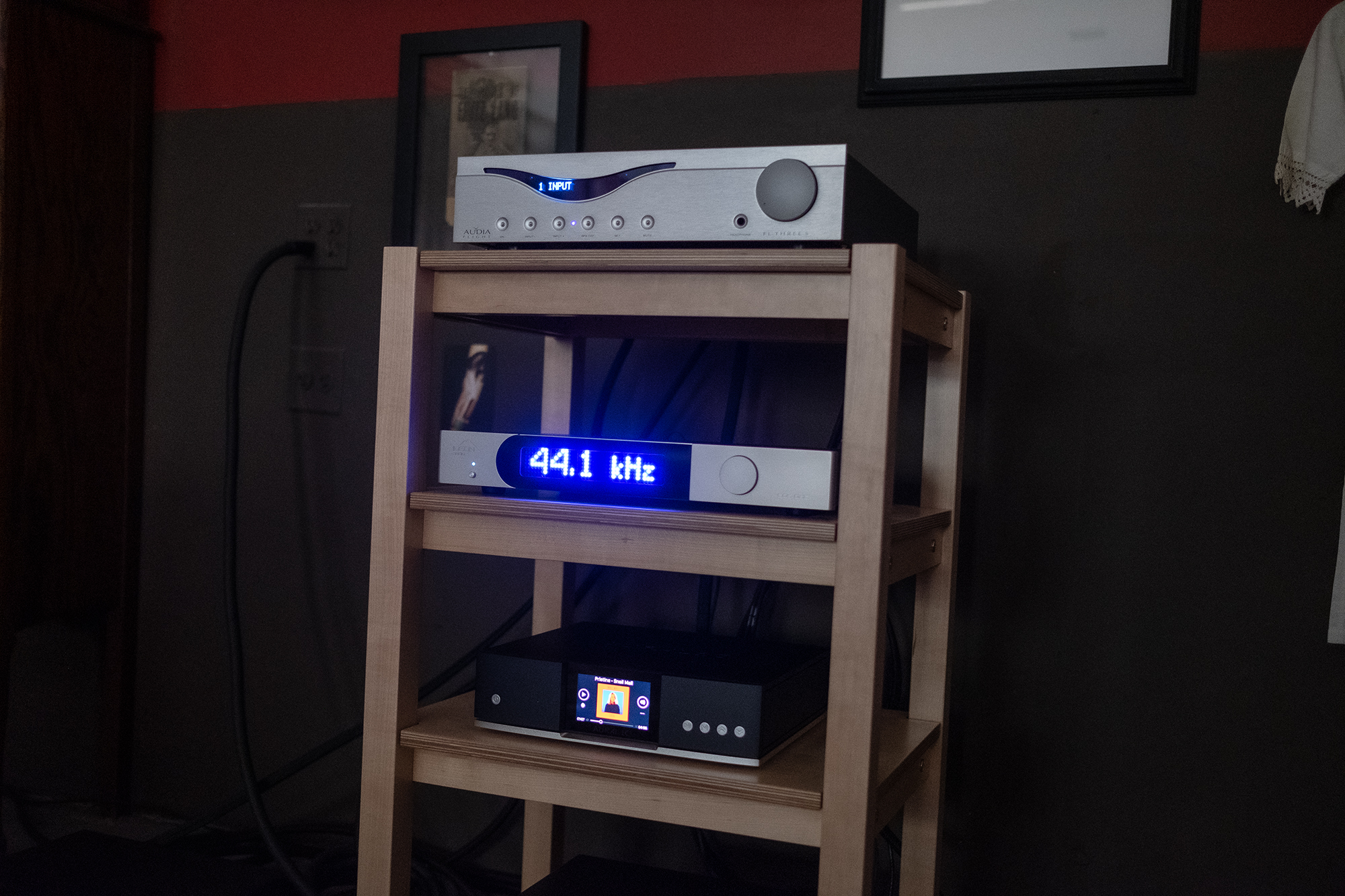
I’ll hand off to Audia Flight for a run around the inside. From the company:
Inside the Flight Three S’s sophisticated electronic interior are a series of critical features that make this integrated amplifier perform well above other integrated amplifiers within its category. A high performance ALPS Blue potentiometer provides an accurate volume control at all settings. Eight power supplies are in charge of all amplification stages up to the driver transistor stage, with 13.200uF total capacitance available for the stabilized power supplies until the driver transistor section. Four high-current power supplies (72.000µF) are then dedicated solely to the output driver stages. If that’s not enough, all inputs feature sealed relays in an inert atmosphere and gold terminations! And, as following our philosophy for best sonic performance, the logic control section features its own toroidal transformer and is connect to the analog section via photo-couplers only. Driving your speakers are two 100 Watt amplifiers with a large 576VA toroidal audio transformer.
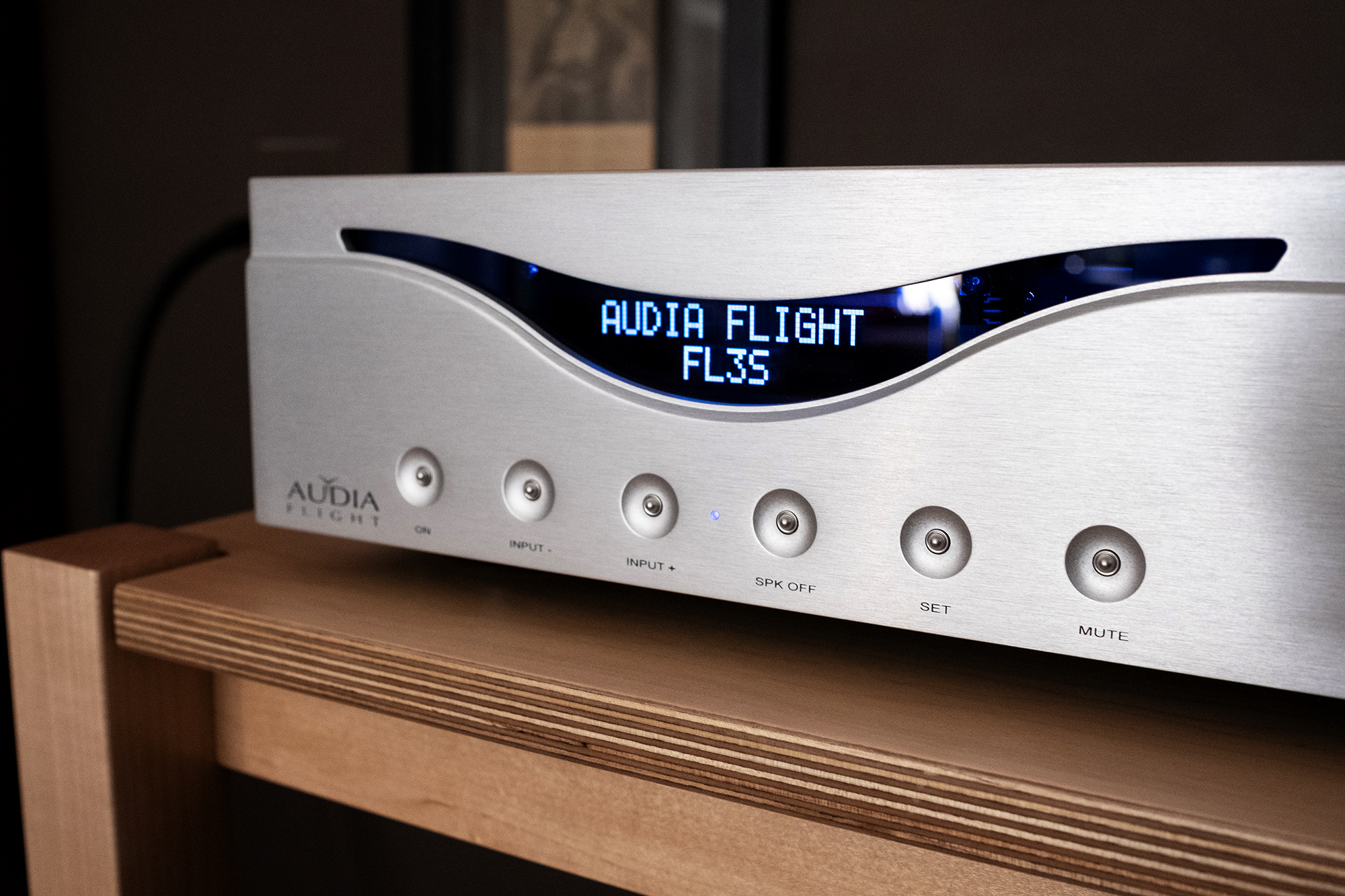
Audia Flight products are made at the company’s facility in Civitavecchia, Italy and most sport that wave-shaped view into the recessed blue lit display carved into a nice fat slice of aluminum, which I can’t help but see as a reassuring smile now that I know the secret. The control buttons are also nicely inset into that slab, offering power on/off, input selection, speaker on/off (for headphone listening), SET for access to advanced functions like naming inputs, activate/deactivate inputs, and Direct Mode bypassing the unit’s preamp and volume control, and Mute. A 1/4” jack provides access to the FL Three S’ discrete headphone amp, which is adjacent to the nicely sized volume control knob that I wish stuck out a bit more. To my eyes and fingers, the FL Three S offers understated good looks and reassuring fit, finish, and feel that seems exceptionally well done considering the price of admission. Pride of ownership is included as is a chunky matching aluminum remote.
Marie Luise Hinrichs’ performance of 10 Piano Sonatas composed by Padre Antonio Soler remains a go-to safe haven when I’m in need of structured beauty. When asked what “interpretation” means to her, Hinrich’s responded, “Interpretation means to me to identify with what the composer means—with the soul of the composition.” and there’s enough soul in these pieces to feed a nation. Paired with the DeVore O/96, the Barn resident Auralic ARIES G1.1 (review) feeding the review sample Ideon EOS DAC (more info), Hinrichs’ piano sang out on the Barn’s B-Side with resounding energy, her touch translated into fitting force with supple handling of attack and decay into silence. Like the FLS 10, the FL Three S offers superb bass control, albeit not at the same sumptuous level as the more powerful amp. That said, I was not left wanting in terms of low end reach or control and the FL Three S’ superb richness and rightness kept me completely in tune with Soler’s folk-inspired sonatas. Bravo!
Szczecin, Poland’s Dynasonic’s EP #2 opens with an earthy growl from Adam Sołtysik’s bass, a growl that startled with its force, dimension, and weight pumping out of the DeVore’s like liquid energy. There are no track names or cover art accompanying Dynasonic’s records and band member Łukasz Rychlicki explains, “We prefer to leave as much as we can to the listener, to let people submerge in our music. I’ve never really been interested in the lyrics and I prefer to understand music in terms of stories, pictures or feelings. When I hear someone telling me that Dynasonic’s music reminds him or her about some specific story, I feel our aim is reached.” I heard plenty of menace from these city-tracks, with stunning clarity, edge, and air painting as large a picture as my mind and imagination could let in. Think big, powerful, finely detailed and nuanced mountains of sound. I will also note that this system sounded as natural and powerful off, and even way off, axis, a sign that the FL Three S was in complete control of the O/96. And let’s not forget about the front end(s), but I’ll dig into the Ideon DAC’s crazy resolving goodness in that review.
If you read my review of the YG Summit, I gave Jaimie Branch’s stunning Fly or Die Fly or Die Fly or Die ((world war)) a good long listen with the Audia Flight doing the driving. “…the Audio Flight is kicking the YG Summit’s ass (in a good way)” is what I shared in a private text message but it’s worth sharing here—sometimes I seem to forget to say things this plainly in a review and I think that needs fixing—the Audia Flight drove the beauty out of the YG Summits and into the Barn with rich, full flair leaving nothing to be desired. I can only imagine what the FLS 10 would do with the Summits, but my best guess is more.

All of the qualities I’ve highlighted with the Summits sang out loud and clear with the O/96 as well. This is lovely, large-scale free jazz with Branch’s trumpet backed and fronted by horns, percussion, keyboard, double bass and more and the Audia Flight/DeVore/Auralic/Ideon system pulled out every unique voice in rich relief. I will say that I’ve heard other more expensive amps do a better job at giving music a dimensional quality, a kind of fully formed 3D image if you will, but I’m really splitting hairs to find something other than praise for the FL Three S.
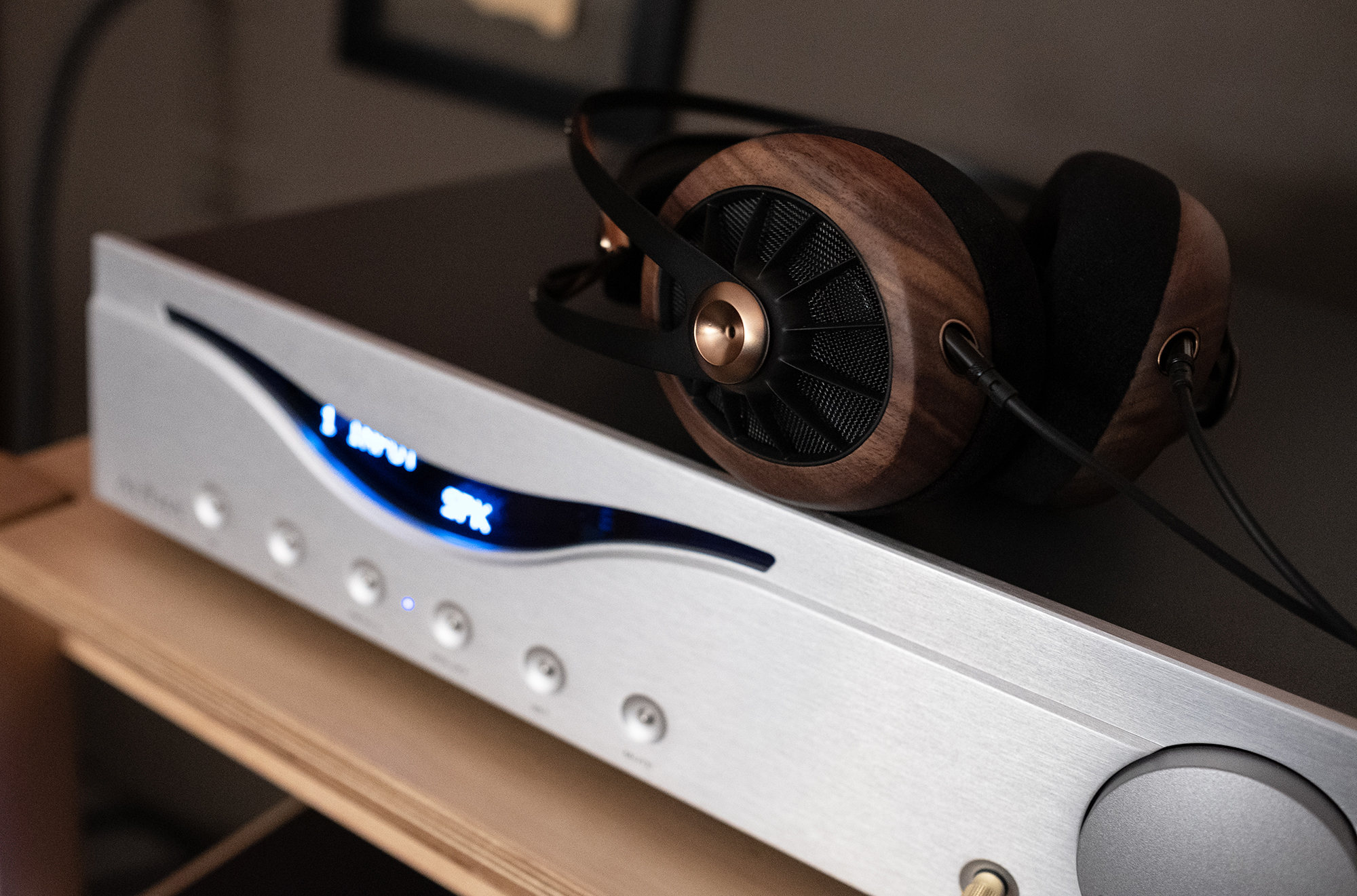
The Meze Audio 109 Pro ‘phones are delightful in every way—comfort, fit, feel, and finish and they dig into music as if they have nothing but love and respect in mind. Do no harm. Plugged into the FL Three S they offered as engrossing a music-inspired experience as I could ask for, with all of the Audia Flight’s strengths on full display inside my head.
Providence, Rhode Island’s The Pines of Rome are new to me, and The Unstruck Bell, released on Solid Brass Records back in May, is their first new record in 20 years (which helps explain why they are new to me, kinda). The band is John Kolodij on guitar, Matthew Derby on guitar and vocals, Rick Prior percussion, and Reggie Duncan on pedal steel for the track “Siren”. There’s some lovely interplay going on here, with Kolodij and Derb’s guitars wrapping around one another, moving from softer, country-tinged moments to straight ahead anthemic drive and the Meze/Audia Flight/Auralic/Ideon system drove it all home in highly resolved richly colored and textured style. This is the kind of sound I can get lost in for the duration and that’s exactly what I did, pulling a big comfy chair up close so I could fully sink into The Unstruck Bell for its 33-minute duration.
While here in headphone-ville, I figured why not shake things up with yeule’s latest softscars for a rougher ride. I really enjoy a good sonic assault now and again, especially when it’s mixed and mingled with softer moments, something yeule does as well as anyone. This system, with the FL Three S driving (the crap out of) the Meze 109 Pro, delivered these emotional opposites and everything in between—hard crushing electronic storms, acoustic guitar and dreamy vocals—in rich, full detail for a truly immersive experience.
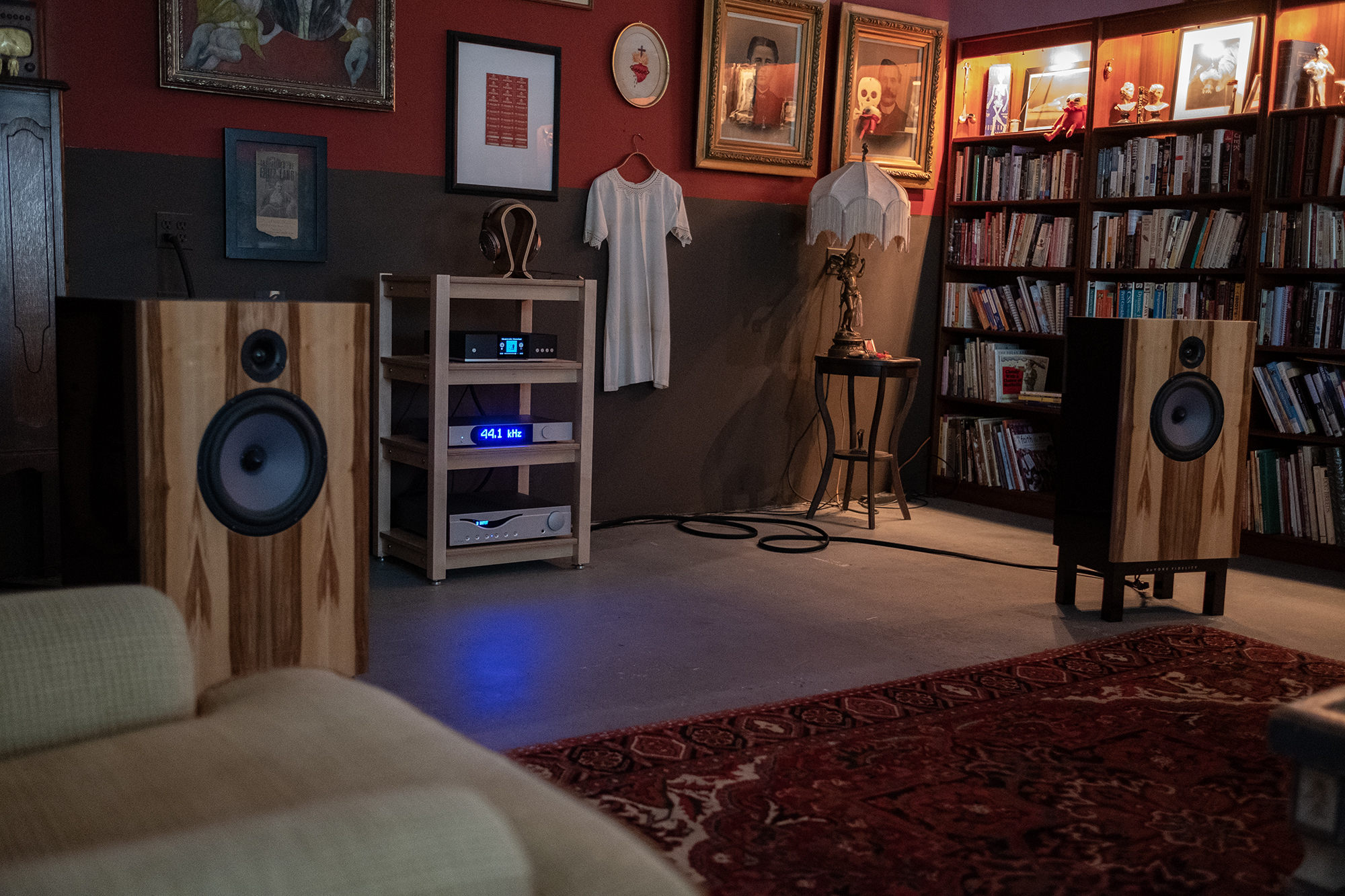
I continued with softscars through the DeVores and the Audia Flight once again proved up to the task of filling the Barn with well-controlled and tightly focused mayhem. Even here, amid the squall, tone colors were richly portrayed with plenty of texture and dimension making for an all-consuming sound. Just the way I like it.

During the FL Three S’ nearly two month Barn stay it got the full workout with music of all shapes, sizes, and genres. From the familiar to the brand new and never once did I find myself wandering away from what was in play. The Audia Flight offers a seamless sound, richly textured and vividly colored with tons of control and earth-shaking bass when called for. As I was finishing up this review I took a look at my list of Favorite Amplifiers and didn’t see anything near the FL Three S’ price that offers as complete a package. If you appreciate the quality of how something is made along with performance that is difficult to fault, you’ll want to experience the Audia Flight FL Three S or FLS 10 for yourself. Did I mention there’s an FLS 9 that sits in between?
Audia Flight FL Three S Integrated Amplifier
Price: $3999, w/DAC $4548, w/Phono $4498, w/DAC and Phono $5047
Company Website: Audia Flight
US Importer Website: Fidelity Imports
Specifications
Output power (Watts RMS) @ 8/4 ohm: 100/160W
Amplifier stage gain: 26dB
Frequency response (@1 Watt RMS; -3db): 1Hz – 450kHz
Slew Rate (@ 8 Ohm): >80V/µS
THD: <0,05%
S/N ratio>: 95dB
Unbalanced input impedance: 51kOhm, 150pF
Balanced input impedance: 30kOhm
Stand-by power consumption: less than 1W
Maximum power consumption: 400W
Dimensions and weight: 450 x 110 x 430mm (W x H x D), 16,5 kg
Shipping dimensions and weight: 550 x 250 x 580mm (W x H x D), 18,5kg

